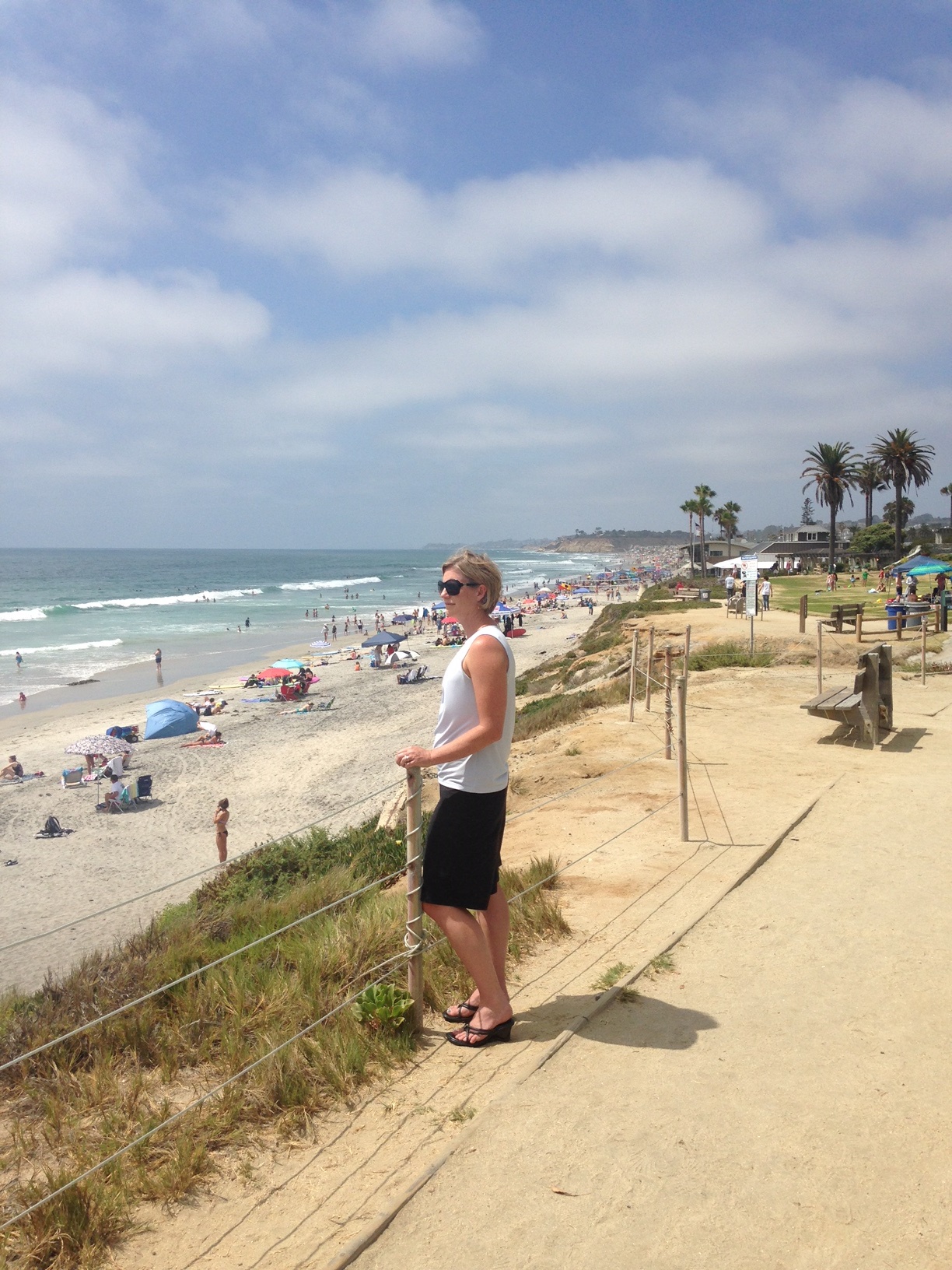California
Coastal Resilience Los Angeles
Coastal habitat areas provide a wide range of ecosystem services to urban residents, including recreation opportunities, jobs, psychological well-being, and public health. However, these services may be inequitably distributed or accessible. This project sought to understand and map the relationship between coastal habitats and disadvantaged communities in Los Angeles County.
Hope for the Coast Campaign
The Nature Conservancy is urging California state and local coastal management agencies to adopt a bold vision for California’s Coastal Future. We will formally unveil the Hope for the Coast Vision at the Global Climate Action Summit in September. John Laird, California Secretary for Natural Resources, will announce the agencies, communities and organizations that have pledged to adopt the vision and their specific commitments.
Conserving California's Coastal Habitats
The California Coastal Resilience Network
Regional Projects & Solutions

The rugged California Pacific coastline in the area near and north of Monterey, Carmel and Big Sur. Photo credit: Lynn McBride
Overview
Approximately 87% of California’s 37 million people live in coastal
Mandalay Generating Station, Ormond Beach, CA, Photo credit: Melinda Kelley
Socioeconomic
Climate change does not impact everyone equally. Along many stretches of California’s coast, disadvantaged communities are at increased risk from sea level rise and related coastal hazards, and do not have sufficient resources to deal with the expected increase in frequency and intensity of natural hazards. Coastal managers are beginning to consider socioeconomic impacts of coastal climate change in their adaptation planning efforts.Habitats and Species

Scotts Creek, Photo credit: Matt Merrifield

Plover Chick, Photo credit: Larry Wan
Overview
The following site-based projects throughout California are demonstrating the feasibility and effectiveness of using natural shorelines as part of an overall coastal adaptation package – conserving wetlands, beaches and estuaries both today and into the future in the face of sea level rise.No Results Found
The page you requested could not be found. Try refining your search, or use the navigation above to locate the post.
Resources
For the latest reports, publications and other resources on coastal resilience in California visit the Coastal Resilience Resource Library on the Conservation Gateway.Related Stories and News
Weigh in on the CCC’s Draft Residential Adaptation Policy Guidance
Weigh in on the California Coastal Commission’s newest guidance!
FUNDING OPPORTUNITY: FEMA Flood Mitigation Assistance and Pre-Disaster Mitigation
Check out this important funding opportunity from FEMA if you are working on flood risk reduction!
SURVEY: Overcoming Financial and Organizational Barriers to Local Adaptation
Help the CA 4th Climate Change Assessment understand the financial barriers and challenges that CA local governments face related to implementing climate change adaptation measures by taking this survey!
Network Member of the Month: Ross Clark
Ross Clark is the director of the Central Coast Wetlands Group at Moss Landing Marine Laboratories.
The Coast Belongs to Everyone
The Coastal Access and Protection Act of 2017, AB 1129 helps prepare our coast for the impacts of climate change, and preserves public access to the beach and other natural areas. Learn more about it here.
Network Member of the Month: Charles Lester
Charles Lester has been working in the California coastal management community for over 20 years, most recently as the executive director of the California Coastal Commission. He is currently a researcher at the Institute for Marine Sciences at UC Santa Cruz.
Network Member of the Month: Laura Engeman
Laura Engeman is the director of the San Diego Regional Climate Collaborative where she works to bring together public agencies, nonprofits, community foundations, utilities, scientists, and local managers to find regional solutions for climate adaptation.
Navy Partners with TNC on Climate Adaptation
The Nature Conservancy recently announced a partnership with the United States Navy to prepare for the impacts of climate change on Naval Base Ventura County (NBVC) in California. This initiative marks the first time the U.S. Department of Defense (DoD) is partnering with a nongovernmental organization to protect a military installation from sea level rise and other consequences of rising global temperatures. Read more about it here!








